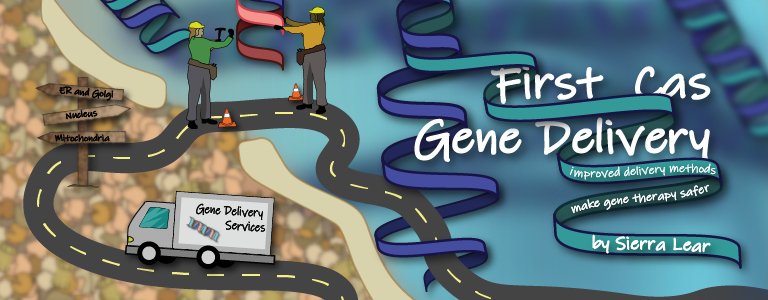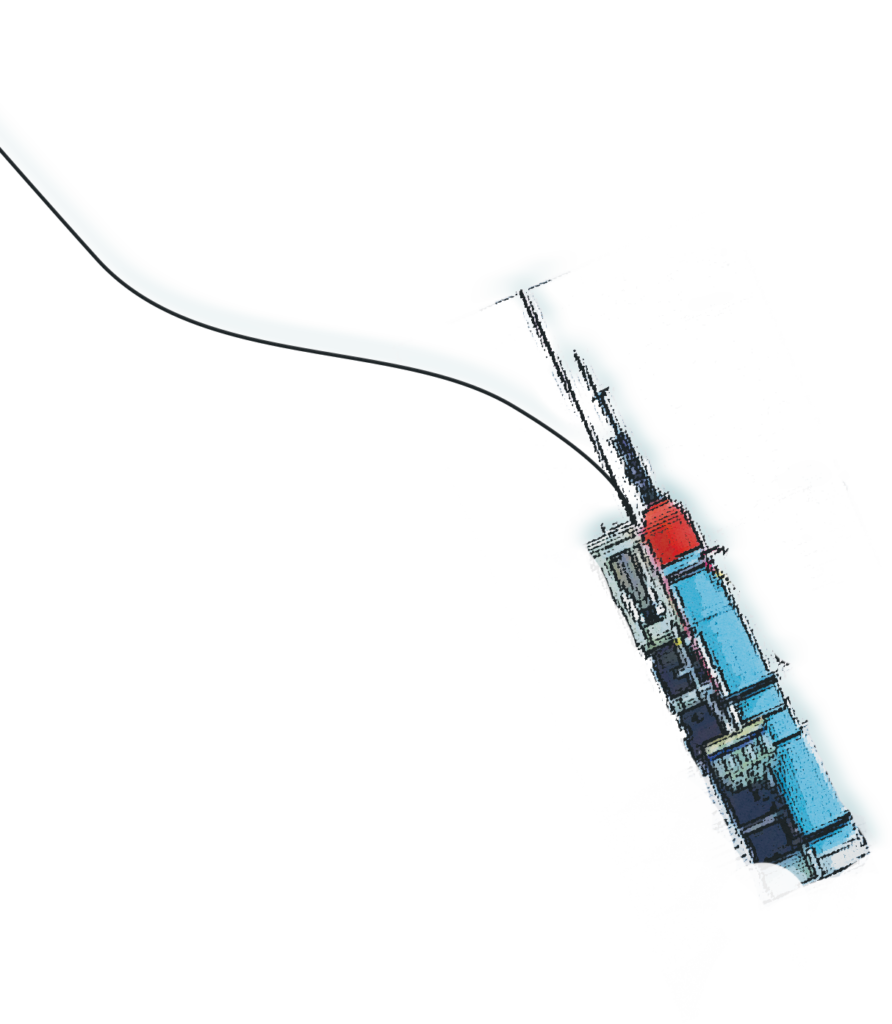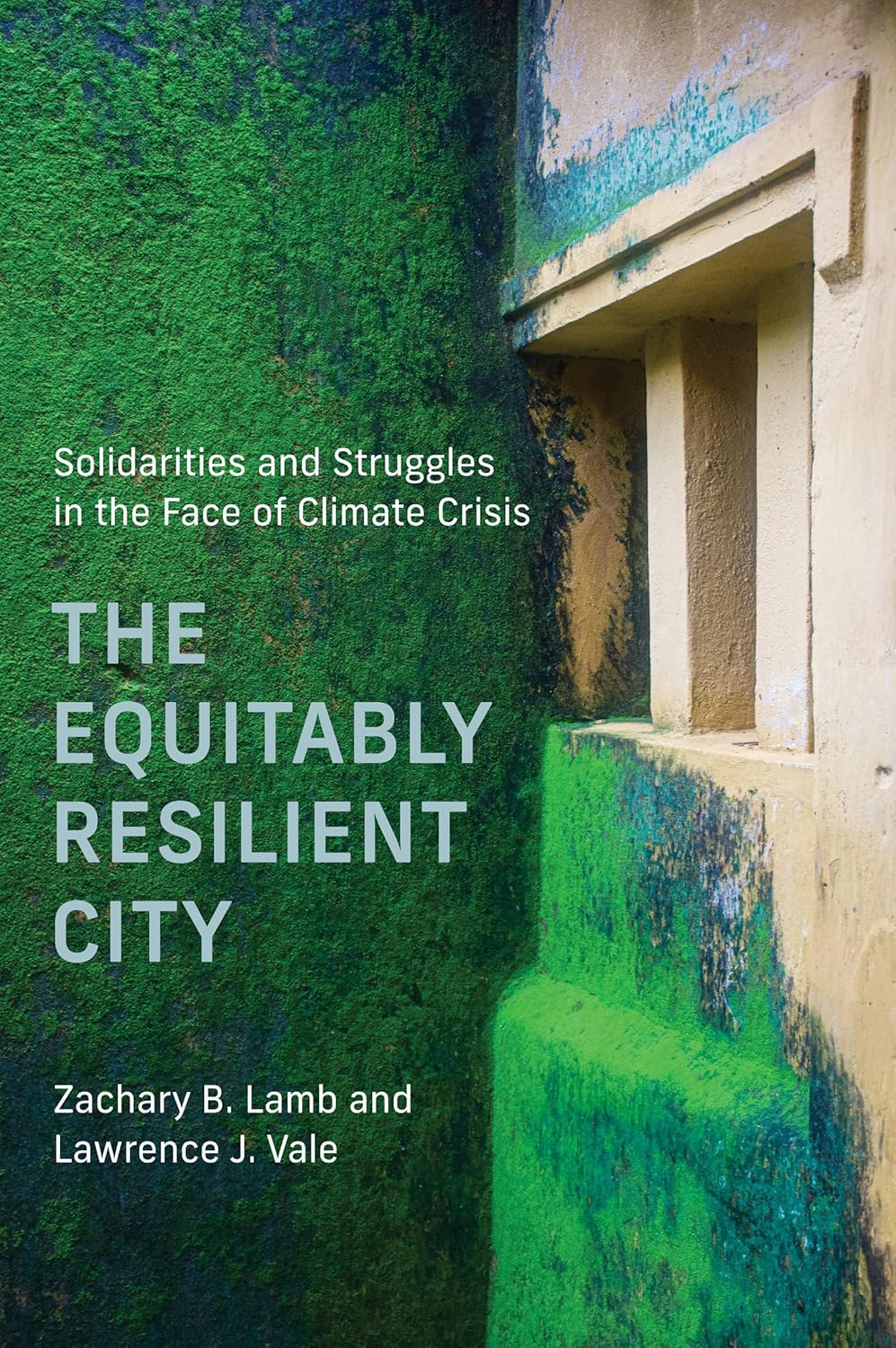
Over the last 200 years or so, there has been a detectable change in the Earth’s carbon cycle. The ocean removes about half of the carbon dioxide from the atmosphere—through natural systems called carbon sinks—and plant growth on land removes more through photosynthesis. Yet despite the continual cycle, the excess level of carbon dioxide in the atmosphere is steadily rising. More carbon dioxide, experts say, will mean more trapped heat at the earth’s surface, resulting in temperature increases and subsequent sea level rise. The increasing carbon dioxide has been known for years, but only recently have scientists started exploring how much carbon the oceans can tolerate and what might happen if there’s too much for the waters to handle.
Questions about whether carbon sinks are mitigating or exacerbating global warming and ocean acidification still linger. At UC Berkeley, several researchers are now honing in on efforts to better predict how biological processes transform and transport that carbon in the sea and throughout the atmosphere. They’re helping inform, too, our understanding of human influence on the carbon cycle.
That is what professors Inez Fung and James Bishop—among others—are trying to find out. One research goal is to find better, more efficient ways to measure carbon levels both in the atmosphere and within the ocean’s waters. They’re also learning more about climate change and the extent to which the ocean can keep storing the Earth’s carbon. Fung is specifically developing models and illustrating how they play a central role in the narrative about the severity of climate change and the urgency with which we have to address climate issues. Bishop, a marine chemist, is using new technology in the form of advanced, autonomous ocean carbon-observing sensors and robots. Data from these gadgets are helping investigate the mechanics of biogeochemical processes of aquatic and marine systems, although there’s still a lot to learn.
Of course, the climate is a complicated system, and predictions about changes are hard to make. Acquiring accurate measurements of all the relevant variables is a critical and ongoing obstacle, especially when understanding the ocean carbon cycle. The breadth of the measured effects of carbon’s movement between organisms, oceans and the atmosphere can influence the predictions made by a particular model—including models about climate change—and they can also drastically change the assumptions researchers make in constructing models relevant to how carbon is being processed by the planet.
“The carbon flows in the ocean are already known to be substantial, but there’s a lot that’s still poorly understood,” said Bishop, a faculty senior scientist at Berkeley Lab’s Earth and Environmental Sciences Area and a professor at UC Berkeley’s Department of Earth and Planetary Science. “What we’re trying to learn more about is to what extent oceans have been and will be altered by human action … it can be complicated, but it’s important.”
Carbon flow
Carbon continually moves through a cycle from the atmosphere to the earth and back again in stops and starts. This cycling means an individual atom might pass through plants, animals, and the atmosphere in a matter of days, or it could stay trapped in rocks for millions of years.
Carbon Flux ExplorerOur planet and its atmosphere form a closed environment, meaning the amount of carbon in throughout the system does not change. But where the carbon is located—in the atmosphere or on Earth, and as carbon dioxide or methane—is constantly in flux. Plants, for example, use carbon dioxide for photosynthesis, converting carbon dioxide to sugars that are stored and used later. Most carbon, though, is stored in rocks and sediments, much of which is located in the ocean.
That’s why Earth’s largest bodies of water are considered carbon sinks by many biochemists and ocean scientists. The oceans take up more carbon from the atmosphere than they give up, Bishop said, making them a crucial part of the cycle.
Carbon dioxide from the atmosphere dissolves into the surface waters of the ocean. Some of the carbon dioxide stays as dissolved gas, but much of it goes elsewhere. Photosynthesis by tiny marine plants in the sunlit surface waters turns the carbon into organic matter. Many marine organisms use carbon to make calcium carbonate, a building material of shells and skeletons. Other chemical processes can also create calcium carbonate in the water. This action of organisms moving carbon from the atmosphere to the ocean interior by way of a biological pump allows for large amounts of carbon dioxide to enter the water from the atmosphere.
Some material additionally sinks down deeper into the ocean, where it forms layers of carbon-rich sediments. Over millions of years, chemical and physical processes may turn these sediments into rocks, a process in the carbon cycle that can lock up carbon for millions of years.
Carbon is released back into the atmosphere when organisms die, volcanoes erupt, fires blaze, fossil fuels are burned, and a variety of other mechanisms. In the case of the ocean, carbon not stored for long periods deep in the depths is continually exchanged between surface waters and the atmosphere.
The ocean’s role
Carbon is still a critical element in helping regulate the Earth’s temperature, Bishop says, by growing food and providing energy that fuels the global economy.
“It’s when the carbon is overloading the ocean at rates higher than what the waters might be able to handle,” Bishop says. “That’s when it becomes a problem.”
The process Bishop is referring to is ocean acidification. Because carbon dioxide is acidic, when excess amounts of carbon dioxide dissolve in seawater, the water acidifies, and the ocean’s pH level drops. Bishop explains that scientists formerly didn’t worry about this process because they always assumed that rivers carried enough dissolved chemicals from rocks, which tend to be more basic, to the ocean to keep the ocean’s pH stable. But so much carbon dioxide is dissolving into the ocean so quickly that this natural buffering hasn’t been able to keep up, resulting in rapidly dropping pH levels in surface waters. As those surface layers gradually mix into deep water, the entire ocean is affected.
In the past 200 years, the oceans have absorbed about 525 billion tons of carbon dioxide from the atmosphere, nearly half of all fossil-fuel emissions. The relatively quick change in ocean chemistry doesn’t give marine life—which have continued to evolve over millions of years in an ocean with a generally stable pH—much time to adapt at the same rate as the environment is changing.
“[Ocean acidification] is expected to have dramatic and mostly negative impacts on ocean ecosystems overall,” Bishop says. “But [scientists] are still very much trying to find better ways to measure changing levels and rates of dissolved carbon through the water column. It’s a work in progress.”
A clearer understanding of the ocean’s role as a carbon sink means researchers are also able to better understand and make more accurate predictions about a critically related event: climate change.
‘Complicated’ predictions
Climate models themselves come in different forms, taking in data such as fluctuations in the sun’s output, greenhouse gases (including carbon dioxide, methane, nitrous oxides and halocarbons), as well as tiny particles called aerosols that are emitted from burning fossil fuels, forest fires, and volcanic eruptions. From these data, the models’ outputs generate variables for temperatures and humidity of different layers of the atmosphere, as well as temperatures, salinity, and acidity of the oceans. Estimates, too, are modeled to predict snowfall, rainfall, snow cover, wind speed, ocean current, and the extent of glaciers, ice sheets, and sea ice.
A large focus of atmospheric science professor Fung’s research and climate modeling has involved the global landscape of carbon dioxide emissions, which she says is being dominated by industrial nations in the Northern Hemisphere. Once emissions are released into the atmosphere, greenhouse gases like carbon dioxide and methane can change the thermal conductance (how heat is transferred) of the atmosphere, Fung said. “These gasses have the ability to throw a whole system out of sync.”
Atmospheric carbon dioxide levels have continuously increased in recent times. Scientists believe the atmosphere in pre-industrial times measured about 280 parts per million. Today, carbon dioxide concentrations have risen above 400 parts per million. In reviewing more recent carbon dioxide data, Fung says the increase has been faster than scientists expected. Instead of the 1.1 percent annual increase in carbon dioxide emissions seen in the 1990s, humans increased their carbon dioxide emissions by 3 percent annually between 2000 and 2004. “The rate of climate change and carbon dioxide increase has been a surprise for many of us,” says Fung. “It’s an urgent problem.”
While erosion releases carbon back into the atmosphere very slowly, burning fossil fuels in cars or power plants allows carbon to be released into the atmospheric reservoir far more quickly, Fung explains. If we maintain our current course of fossil fuel emissions, or worse, accelerate them, Fung continues, the land and oceans will not be able to slow the rise of carbon dioxide in the atmosphere the way they're doing so now. In other words, the carbon sinks will fail to keep up with our emissions.
"It's all about rates,” she says. “If the rate of fossil fuel emissions is too high, the carbon storage capacity of the land and oceans decreases and climate warming accelerates."
Fung and some of her colleagues are trying to better understand the abilities and limits of the natural carbon sinks. They have worked for several decades to produce a model of the Earth's carbon cycle that includes not only details of how vegetation takes up and releases carbon, but also details of decomposition by microbes in the soil, the carbon chemistry of oceans and lakes, the influence of rain and clouds, and many other sources and sinks for carbon. The model takes into account thousands of details: carbon uptake by leaves, stems, and roots, the different ways that forest litter decomposes, day-night shifts in plant respiration, the salinity of oceans and seas, and effects of temperature, rainfall, cloud cover, and wind speed on all these interactions.
What hadn’t been anticipated in research until recently though, Fung says, is that the atmospheric carbon dioxide is increasing “much faster than we ever thought that it would." That means potentially harmful implications for the ocean’s pumping process. Excess amounts of carbon have the potential to be processed through the ocean’s sink-like mechanism. But too much carbon too quickly can lead to a weakening of the carbon sink, meaning the pacing and effects of climate change both below and above the water could get even worse, and at a faster pace.
“Because of this [increase in carbon], the future of the biological pump is complicated and still difficult to predict,” Fung says. “That’s why we’re constantly trying to better understand how much this biological pump can handle, and why we’re continuing to try and improve our ability to make predictions with models.”
Putting these models together, however, is challenging. Among the limitations of the climate models, their ability to represent clouds continues to be a critical issue. Clouds are a constant “bugaboo” for climate scientists, Fung says. Covering around two-thirds of the Earth at any one time, individual clouds can form and disappear within minutes, and can both warm and cool the planet, depending on the type of cloud and the time of day. One top of that, scientists have no records of what clouds were like in the distant past, making it harder to ascertain if and how they have changed. Aside from clouds, other climate modeling challenges include not knowing whether greenhouse gas emissions will rise or fall, or if ice sheets will destabilize as they melt.
Improving the ocean simulations is also going to be critical for better understanding the uptake of heat and carbon from human activities. “The ocean is totally under-observed,” confesses Fung, adding that a void of historical data about aerosols affecting cloud formation and patterns of atmospheric circulation is an obstacle for modeling the ocean’s role in the carbon cycle. “But there’s a lot of new technology coming out that can help gather all sorts of data … including for carbon measurements.”
Autonomous innovation
 To help inform ongoing climate models with more comprehensive data, new robotic technology is proving to be one solution.
To help inform ongoing climate models with more comprehensive data, new robotic technology is proving to be one solution.
In a 2016 Biogeosciences study, Bishop and colleagues detailed their use of tethered monitoring systems to find that the strength of carbon export (the process of biomass being transported into the deep sea) off the coast of California is likely underestimated by at least a factor of three, and at times by a factor of 20. That discrepancy suggested that free-floating carbon sedimentation monitoring systems were needed in order to more accurately measure that export.
The challenge, though, is that the biological carbon pump operates on time scales of about a week. Detecting changes and disturbances in the cycle would require ongoing monitoring that is currently “impractical and cost-prohibitive” to do with humans on a ship, Bishop says.
The solution? Robotic floats that can be left out at sea for months or even a year at a much lower cost.
Researchers at the Lawrence Berkeley National Laboratory (and in collaboration with the Scripps Institution of Oceanography) first developed robots called Carbon Explorers, which work by initially locating themselves in a specific part of the ocean using GPS, where they then traveled to precise, preprogrammed depths and distances throughout the year. The features of Carbon Explorers allowed for hourly measurements of temperature, salinity, and concentration of particulate organic carbon throughout the season. From there, organic carbon concentration could be compared to the production and feeding of oceanic life. Previous studies of the ocean carbon cycle relied on data that was collected from ships, which are limited by weather and lack the ability to observe daily changes in the ocean. The Carbon Explorer, on the other hand, is an all-weather, 24/7 apparatus.
Following the success of the earlier model, Bishop recently led the deployment of a Carbon Flux Explorer, robotic technology designed and built at Berkeley Lab to autonomously measure carbon sedimentation in coastal and offshore waters. They can reach depths of up to 1,000 meters and send back three types of optical readings obtained through the robots’ built-in cameras: the actual amount of particulate organic carbon, particulate inorganic carbon, and other biogenic particles collected at the time.
Leading a 13-member team in summer 2016, Bishop tested these new tools for the first time. The 10-day project mission set sail from San Diego and headed north along California’s coast, a route that follows the California current.
“No research team wants to stay out on a ship for [10 days]—they’d go batty,” he added. “The robots were and are designed to follow the very fast process of the biological carbon pump.”
These newly improved robots have ability to not only quantify particulate organic carbon sedimentation, but also profile what exactly is in the water where the Carbon Explorer is present, including particulate inorganic carbon. This measuring is achieved using optical sensors to detect carbon and a camera that films all of the matter that momentarily lands on the instrument. By adding this visual measurement, the variability in deep sea carbon and the effects of global changes on this variability can be seen.
Finding better ways to measure and monitor the ocean’s biological carbon cycle is helping to improve our understanding of how the exponential increase in atmospheric carbon dioxide is affecting this natural process, Bishop says. In turn, that knowledge could help improve climate change models.
Now, data from the Carbon Flux Explorers are being compared with readings obtained from other monitoring equipment, including that of two older Explorer models and surface tethered optical sedimentation recorders. The goal moving forward, according to Bishop, is to publish more academic articles that demonstrate the ability of the Carbon Flux Explorer to measure the rate of carbon sedimentation in the ocean in a cost effective way. And with future deployments of these robots, the data being collected will become more comprehensive and informative for climate change models, like those Fung is working on.
“How do we know how the oceans carbon cycle is going to change?” Bishop asks. “We need an observational basis, for calibrating or informing computer simulations. There [are] data needed to do that that’s still missing. We think it’s really important that we work to gather as much as we can so we can make better predictions and do even better science.”
Understanding nature’s secrets
The output from climate models informed by data from Bishop and others in the field is what drives climate science forward, helping scientists understand how human activity is affecting the Earth’s climate. These same advances have also underpinned climate policy decisions on national and international scales for decades.
Still, science improves and self-corrects on initial hypotheses made with limited observations. That’s why Bishop says he continues to push the technology and capabilities of his Carbon Flux Explorers forward. For Fung, that also means keeping in mind that “nature is smarter than us,” as she says. There are still natural processes scientists have not yet captured, and it will take more sophisticated, focused observations to reveal those additional “secrets of nature.”
“The question we keep asking is ‘How fast can we move stuff out of the ocean?” Fung says. “Improved data and observation is going to help answer that. It’s just going to take some more time.”
Casey Smith is a graduate student in the school of journalism.
Design: Yao Shu
This article is part of the Spring 2020 issue.




